Deck & Commander Strategies
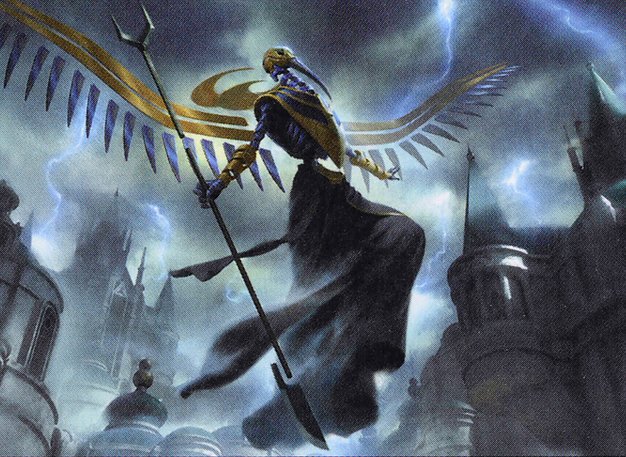
God-Eternal Kefnet
Control and value through bounce effects, counterspells, and card draw to disrupt opponents and maintain board presence.
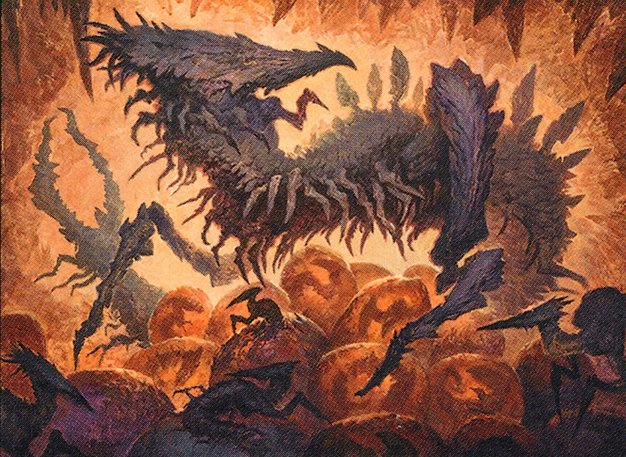
The First Sliver
Build a synergistic swarm of slivers that enhance each other’s abilities, aiming for incremental advantage and board dominance.

Pramikon, Sky Rampart
Ramp and control the board with defensive creatures and spells, leveraging Pramikon's ability to protect and stabilize the battlefield.
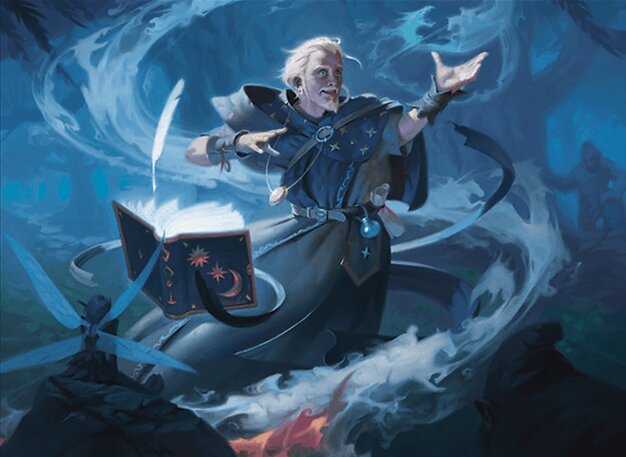
Chulane, Teller of Tales
Generate value by casting creatures to draw cards and create board presence, using flash creatures and bounce to control tempo.
Gameplay Insights
- 1
Miguel’s use of Stonecloaker to draw multiple cards and bounce threats was a key tempo play that allowed him to maintain board control.
- 2
Matthias’ Combustible Gearhulk casting wiped multiple creatures, swinging board control in his favor momentarily.
- 3
Malone’s Blatant Thievery stealing Gisela and other permanents significantly shifted the power balance and damage output.
- 4
Meelo’s use of Scroll Rack to manipulate the top of his deck and draw crucial cards demonstrated strong card selection and resource management.
- 5
Fred’s early struggles to find sufficient lands slowed his Sliver deck’s development, impacting his ability to keep pace with other players.
- 6
Cyclonic Rift was used effectively as a reset button to bounce threatening permanents and regain control over the battlefield.
- 7
The interaction between bounce spells and creatures with enter-the-battlefield effects created dynamic board states and tactical decision points.
Notable Cards
-
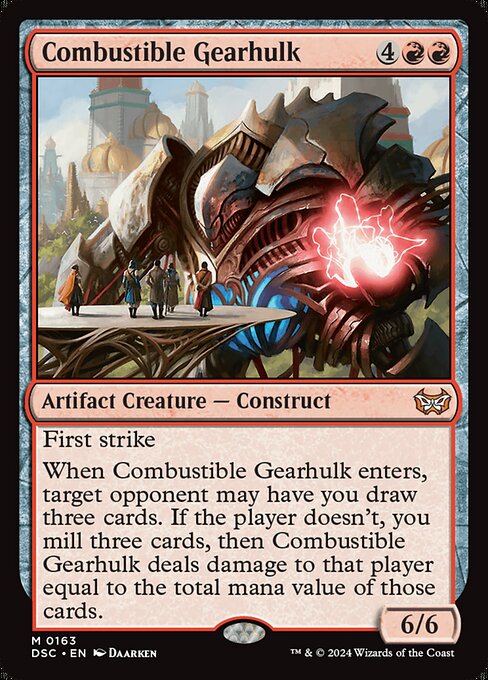
Combustible Gearhulk
-
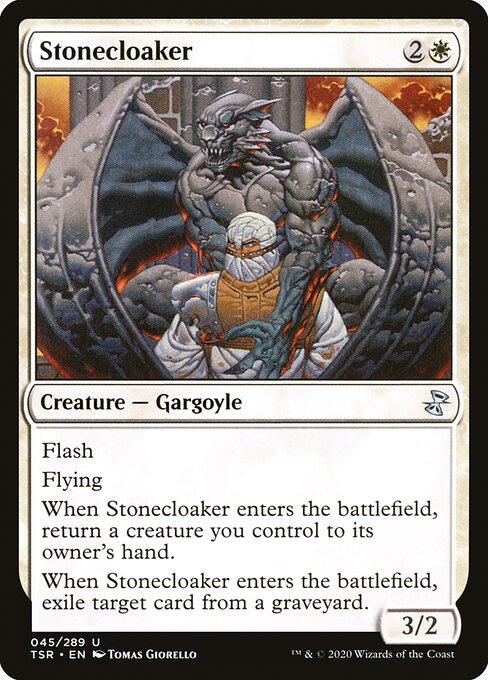
Stonecloaker
-
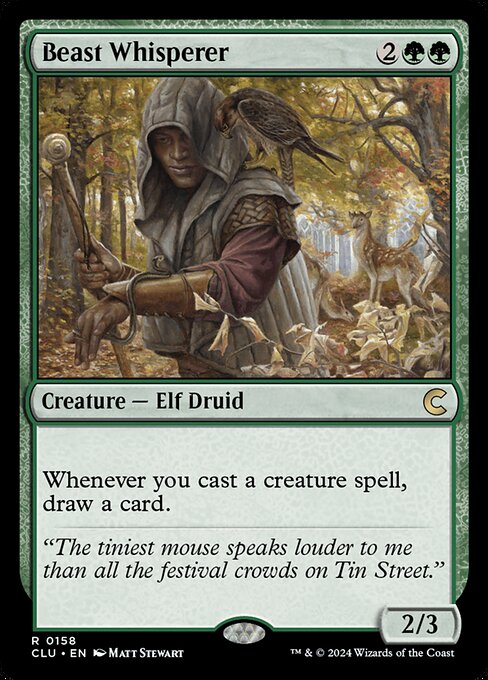
Beast Whisperer
-
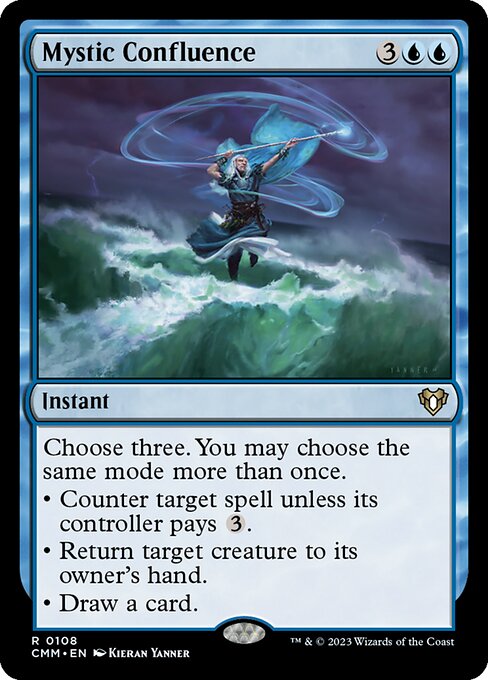
Mystic Confluence
-
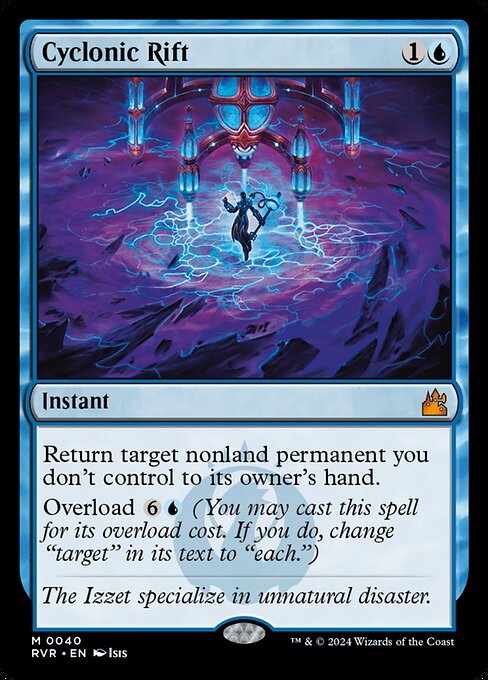
Cyclonic Rift
-
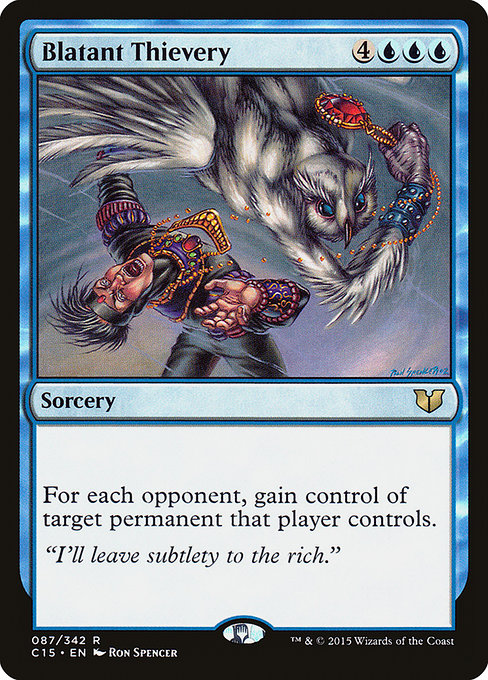
Blatant Thievery
-
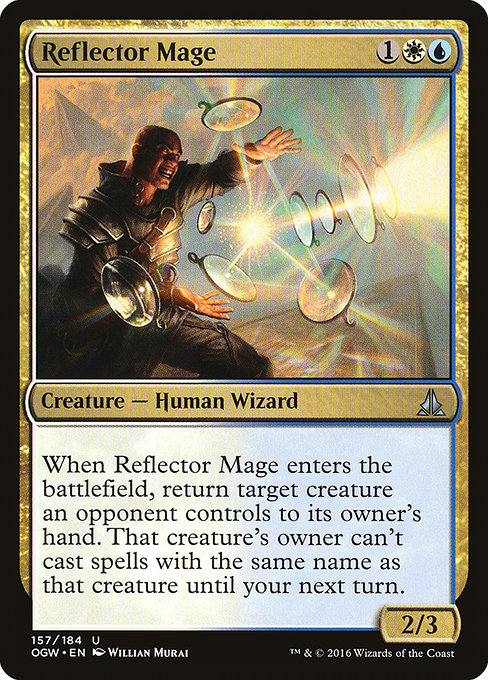
Reflector Mage
-
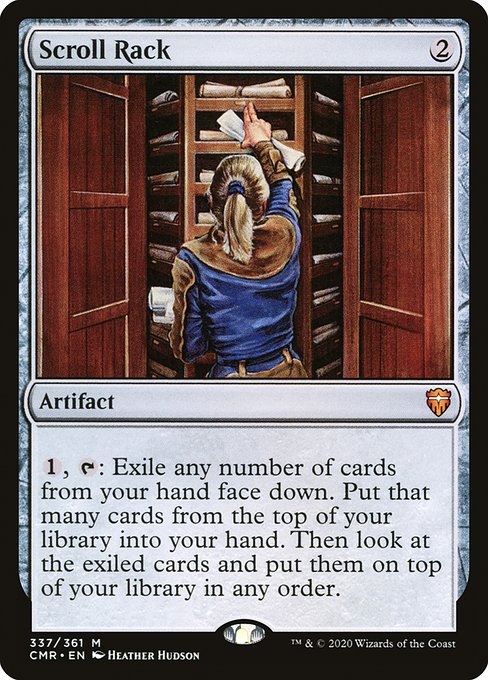
Scroll Rack
-
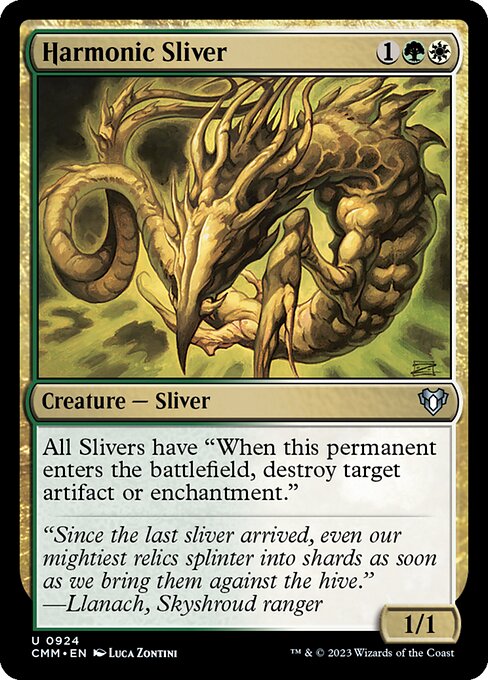
Harmonic Sliver
-
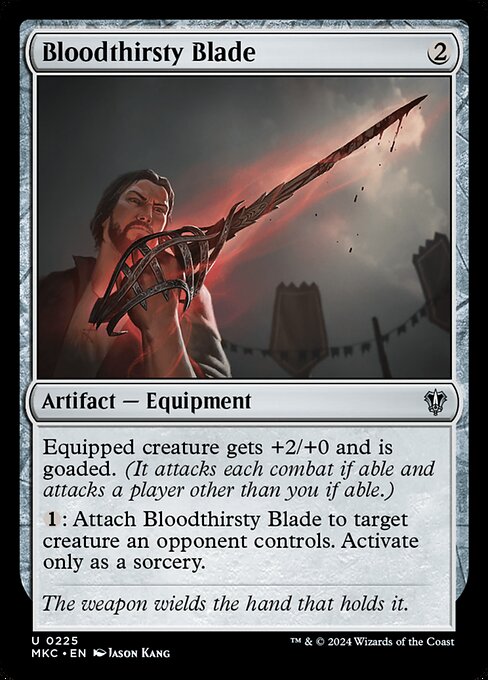
Bloodthirsty Blade
Gameplay Summary
The game featured four distinct decks, each led by a powerful commander with unique strategies.
Early turns saw players establishing their mana bases and deploying key creatures like slivers, Chulane's toolbox creatures, and God-Eternal Kefnet's defensive and control elements.
Matthias, piloting the Gisela and Gearhulk deck, quickly ramped into a strong board presence with aggressive creatures and equipment, applying consistent pressure.
Miguel’s Chulane deck focused on building a board through efficient creature plays and value generation, using cards like Stonecloaker, Beast Whisperer, and Mystic Confluence to maintain card advantage. Fred’s Sliver deck aimed to assemble a synergistic swarm of slivers, gaining incremental advantages by enhancing each other and destroying opponents’ artifacts and enchantments.
Meanwhile, Meelo’s God-Eternal Kefnet deck leveraged bounce effects and counterspells to control the board, using cards like Cyclonic Rift and Mystic Confluence to disrupt opponents.
A pivotal moment came when Miguel’s Chulane flashed in Stonecloaker to draw multiple cards and bounce threats, and Matthias’ Combustible Gearhulk cleared two creatures, shifting momentum.
Later, Malone’s blatant thievery stole powerful permanents like Gisela, swinging the damage output dramatically. As the game progressed, players traded resources and board states, with Meelo using Scroll Rack to manipulate draws and Matthias deploying Cyclonic Rift to reset opposing threats.
Miguel’s careful use of reflectors and bounces kept the board dynamic.
Fred’s Sliver deck struggled with land drops initially but eventually played impactful slivers to bolster his offensive.
The game’s win condition revolved around building a dominant board state—whether through sliver synergy, combat damage from Gisela and Gearhulk, or card advantage and bounce control from Chulane and Kefnet.
The interaction of bounce spells, equipment, and creature synergies made for an intense and strategic multiplayer duel.



















![Commander VS S17E7: ??? VS ??? VS ??? VS ??? [EDH Gameplay] thumbnail](https://i.ytimg.com/vi/Wl5x-udunSg/sddefault.jpg)



![Commander VS S16E2: God-Eternals Battle [EDH Gameplay] thumbnail](https://i.ytimg.com/vi/G6rgYI5pb94/sddefault.jpg)









![Random Deck Roulette Part 2 [Commander VS 292] | Magic: The Gathering Commander Gameplay thumbnail](https://i.ytimg.com/vi/hLpAcqwvWD0/sddefault.jpg)
![Commander VS S16E1: Ayula VS Urza VS The First Sliver VS Yawgmoth [EDH] thumbnail](https://i.ytimg.com/vi/tkuMVsCr0s4/sddefault.jpg)







